
Why Nutrition is Critical to COVID-19 Response and Recovery | Feed the Future
This article discusses the importance of fostering entrepreneurship in developing countries and how it can lead to economic growth and poverty reduction. We will explore the benefits of supporting local entrepreneurs, providing access to capital and business training, and promoting gender equity in entrepreneurship. This post was originally published on the Feed the Future website and has been republished on Technoserve.org. The original article can be found at https://www.feedthefuture.gov/article/nutrition-at-the-center-of-the-storm/.
Nutrition at the Center of the Storm
By Dina Esposito, Feed the Future Deputy Coordinator for Development and USAID Global Food Crisis Coordinator
February 22, 2023
For smallholder farmers and families, the global food security crisis is affecting nearly every aspect of their daily lives – in their homes, at the market, on their fields, at their businesses. And in the process, we are seeing a concerning rise in nutrition emergencies.
As I write this, a record-breaking 205 million people are in need of life-saving food assistance and progress to reduce chronic hunger in the world has reversed, nearing 2010 levels of some 800 million people. And there is more evidence every day about how overlapping crises are damaging the nutrition of infants, young children, and women. A recent study by the International Food Policy Research Institute(opens in new window) found that a modest five percent increase in the real price of food raises the risk of child wasting – a measure of acute malnutrition – by nine percent. And for children from the poorest households, the risk jumps to 15 percent.
Every moment matters in a crisis. That’s why USAID has scaled-up $500 million in support to treat wasting with life-saving Ready-to-Use Therapeutic Food, or RUTF, in communities most affected by the global food security crisis. In a matter of weeks, RUTF can reverse a child’s wasting condition at a cost of just over $100. Yet only a third of children suffering from wasting today receive the treatment they need. RUTF efforts are part of USAID’s expansive relief assistance(opens in new window) that ensures vulnerable communities have access to clean water, sanitation services, and related health services – all of which are vital to sustaining nutrition in times of crisis.
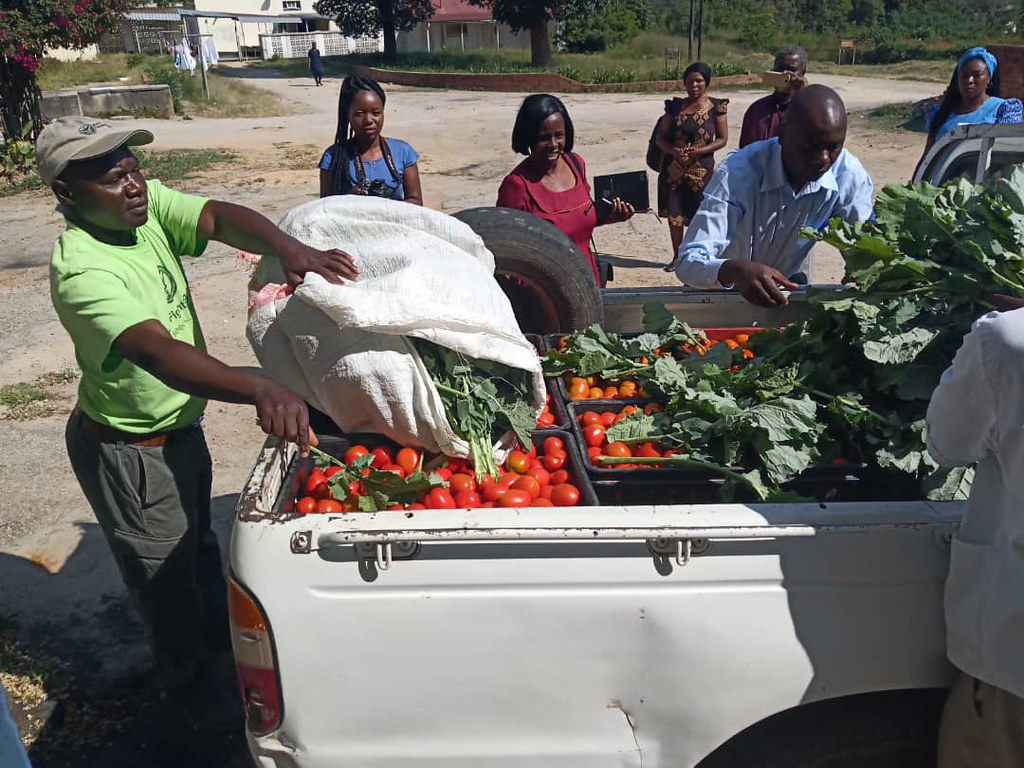
Statistics like these underscore why USAID, through our leadership of the U.S. government’s Feed the Future initiative and through our Multi-Sectoral Nutrition Strategy(opens in new window), focuses not just on feeding the world but on nourishing it as well. We know that calories alone are insufficient to increase individuals’ well-being, fuel economic growth, and build resilient, prosperous communities. That’s why we’re striving to improve the quality, safety, and affordability of nutritious diets across agriculture and food systems, especially for women and children.
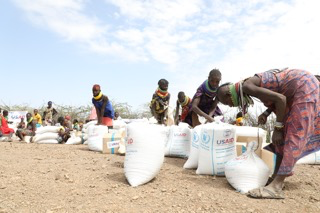
HOW FEED THE FUTURE KEEPS NUTRITION FRONT AND CENTER
In my December blog(opens in new window), I highlighted how USAID has delivered more than $10 billion in life-saving humanitarian assistance and nearly doubled our development food security work to more than $2 billion in response to the global food crisis, thanks to the bipartisan support and generosity of the U.S. Congress. These investments are delivering immediate relief while also catalyzing innovative solutions for deep and more systemic changes to local food systems. Safeguarding and improving nutrition are at the center of these efforts, which we’re carrying out in the following ways:
We’re expanding access to safe, nutritious foods.
During my recent travels to Zambia, Malawi, and Senegal, mothers I met told me of their struggle to feed their families given high food prices and poor crop yields. One mother of four in Zambia described how she sometimes feeds her family just one meal a day and skips more costly, nutritious foods like fresh vegetables in favor of cheaper staple foods that offer comparatively less nutritional value. Decisions like these can be largely irreversible for young children, contributing to an intergenerational cycle of malnutrition, disease, and poverty.
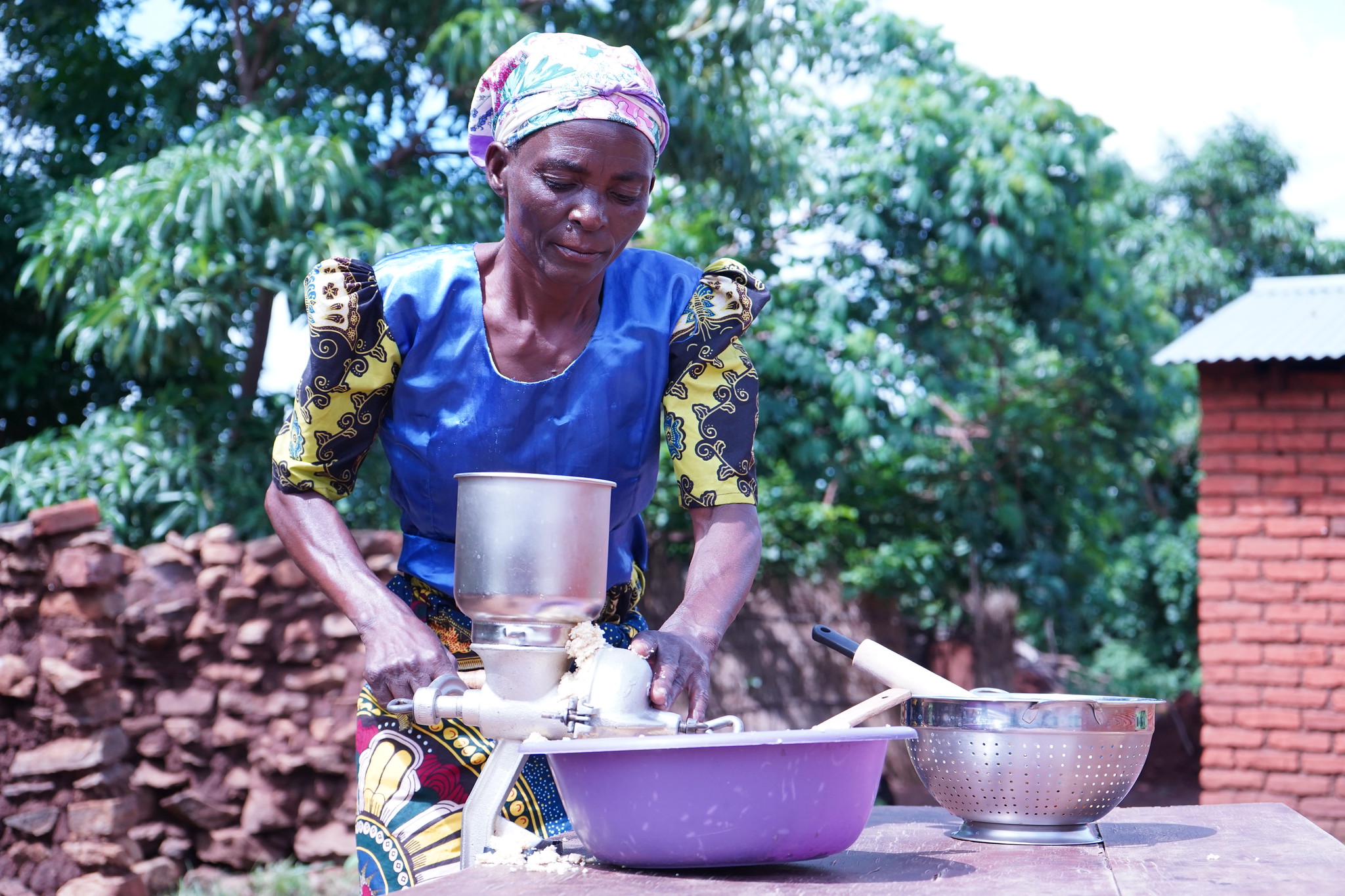
In Senegal, I had the opportunity to see how some of our work creates a stable source of income for farmers while also helping mothers provide nutritious food to their children – even when high food prices keep fruits and vegetables out of reach. I met with local food production companies like Mamelle Jaboot that are working with millet farmers to produce highly nutritious cereals. Feed the Future supported the research to develop this bio-fortified millet and is now connecting the company to farmers, buyers, and local sources of finance to boost production. As a result, the company has been able to purchase millet rich in micronutrients and vitamins from 17 farmer cooperatives, generate more than $500,000 in sales, and expand the availability of nutritious cereals in local markets.
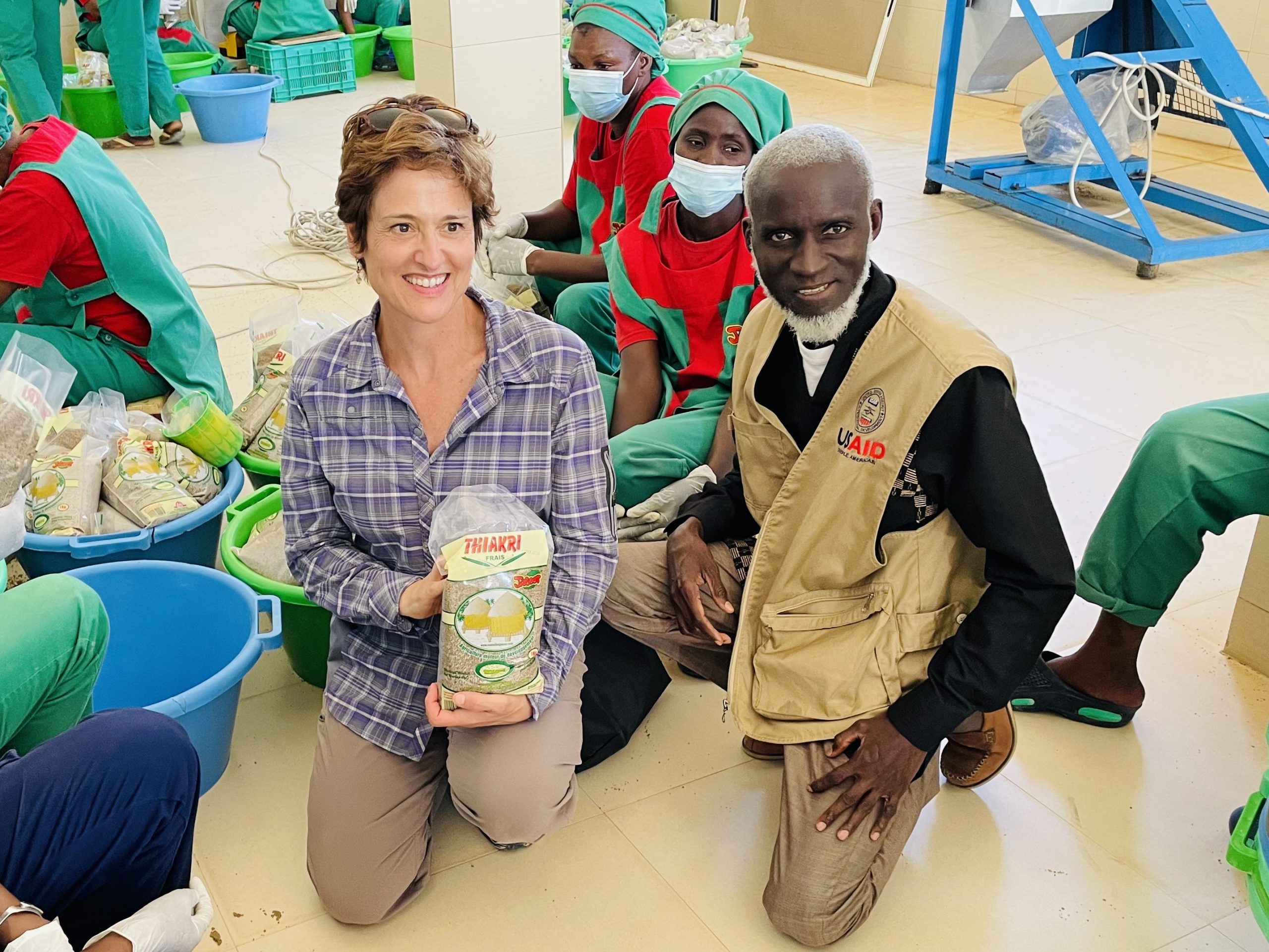
In Senegal and beyond, we’re also tackling this challenge through large-scale food fortification(opens in new window), a highly cost-effective process that adds essential vitamins and minerals to everyday foods and provides a nutritional “safety net” of sorts to help families lead healthy lives. At the World Food Prize last year, USAID Administrator Samantha Power launched USAID AFFORD(opens in new window), a new $75 million large-scale food fortification project that works with civil society, country governments, and private sector companies to add micronutrients to staple foods.
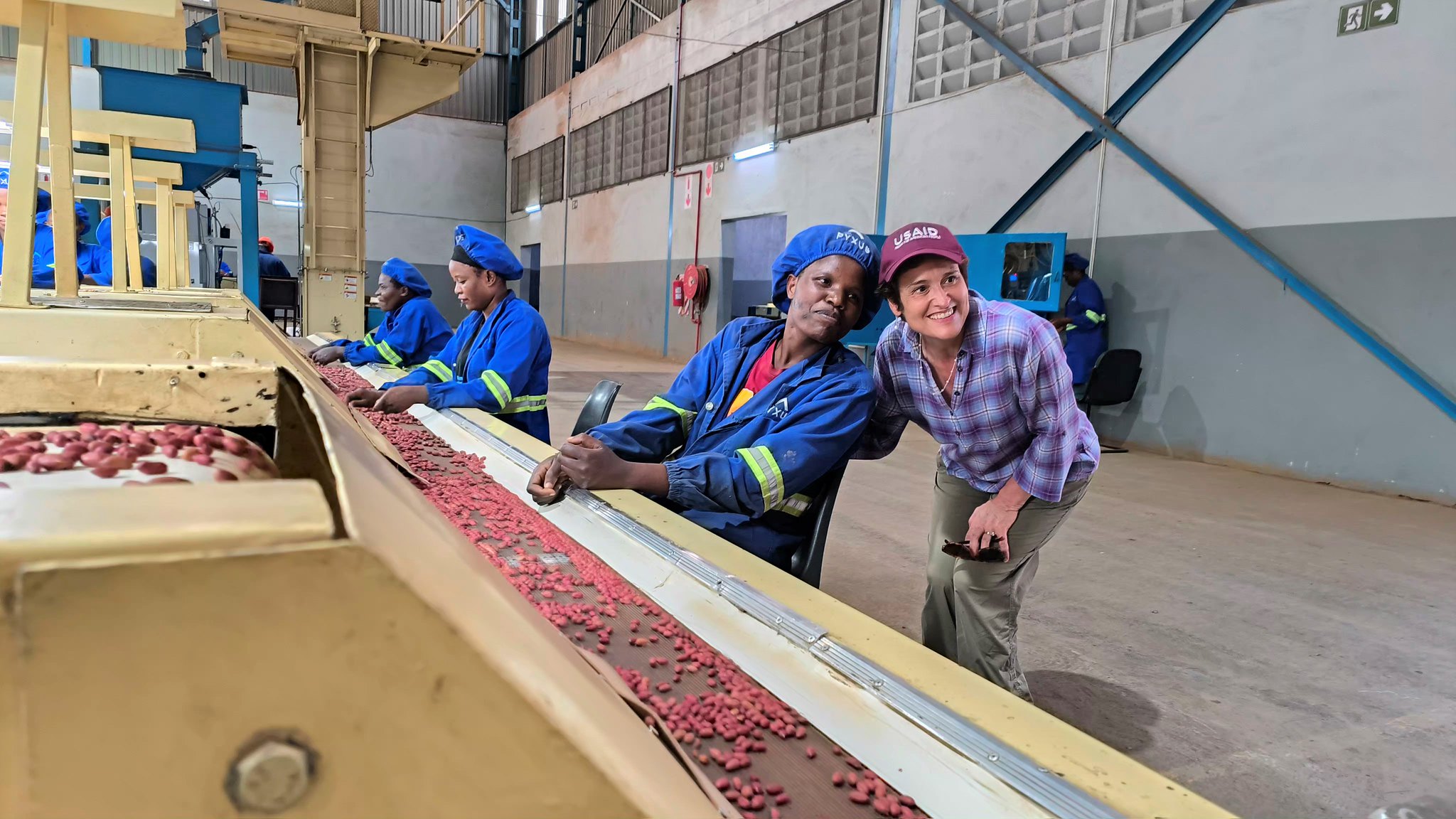
We’re supporting small and medium sized food processors.
Small and medium sized food processors are the backbone of Sub-Saharan Africa’s food system, producing nearly 75 percent of all food consumed by consumers. Yet, these businesses struggle to access finance and new processing techniques that can help them deliver safer and more nutritious food.
Through efforts like Feed the Future’s Alliance for Inclusive and Nutritious Food Processing(opens in new window) (AINFP), we are finding ways to boost both opportunities for businesses and offer affordable, more nutritious products for consumers. We’re doing this by supporting local food processing companies across Ethiopia, Kenya, Malawi, Tanzania, and Zambia. These efforts are helping business owners like Severina Paul Mwakateba launch a new line of fortified flours that makes nutritious food more affordable and available in her community, and provides a profitable, stable market for local smallholder farmers from whom she sources.
We’re reducing food loss and waste.
In times like these, we need to preserve every ounce of food we grow. And we need to do it in a way that delivers on nutrition and helps mitigate climate change.
We miss out on one-third of the world’s food today simply because it is lost on the way to markets either through spoilage, inadequate food safety, or wasted. In low- and middle-income countries, over 40 percent of food loss and waste occurs before a crop even makes it to market. Not only does this undermine efforts to end hunger and malnutrition, but it also contributes 8 to 10 percent of global greenhouse gas emissions.
It’s staggering to realize that eliminating food loss and waste would provide enough food to feed two billion people. This is driving our efforts in places like Tanzania, where half of all horticulture crops produced are lost to food loss and waste. We’re investing in cold storage, transportation, and high-value food processing that deliver a triple win(opens in new window): putting more nutritious food on the table; generating greater income for farmers and more jobs along the value chain, especially for women and youth; and, reducing methane emissions from food that would otherwise go to waste.
A CRITICAL MOMENT FOR NUTRITION
I recently attended a high-level side event at the African Union Summit in Ethiopia where a progress report revealed that we are not on track to achieve Africa’s stated goals to improve nutrition and access to healthy affordable diets by 2025. I was able to highlight our many Feed the Future investments while also calling on all present to use this moment of crisis to accelerate the change we urgently need to see.
Feed the Future investments powerfully contribute to the nutrition agenda in countries with some of the highest malnutrition rates in the world. But our work catalyzes change only when it works in tandem with winning policies and ambitious multi-stakeholder, multi-sectoral investments. In this pivotal moment, our collective action is more important than ever. Together with our partners we must continue to use rigorous data collection and monitoring to track progress and hold us all to account. We must also simultaneously make the investments needed to build resilient food systems and scale up innovative solutions that ensure all people have access to the safe, nutritious diets they need to thrive.
About the Author
Dina Esposito is the Feed the Future Deputy Coordinator for Development and USAID’s Global Food Crisis Coordinator






